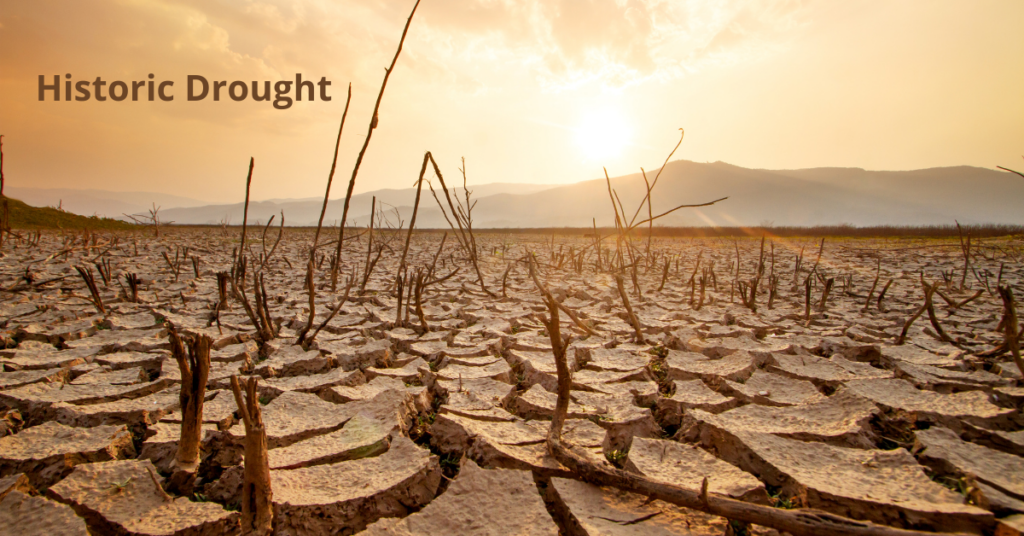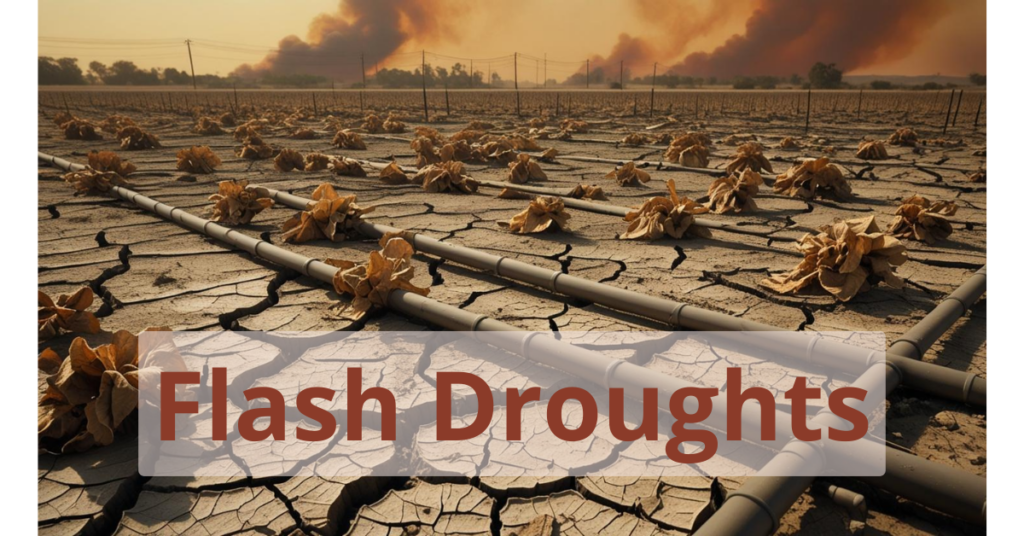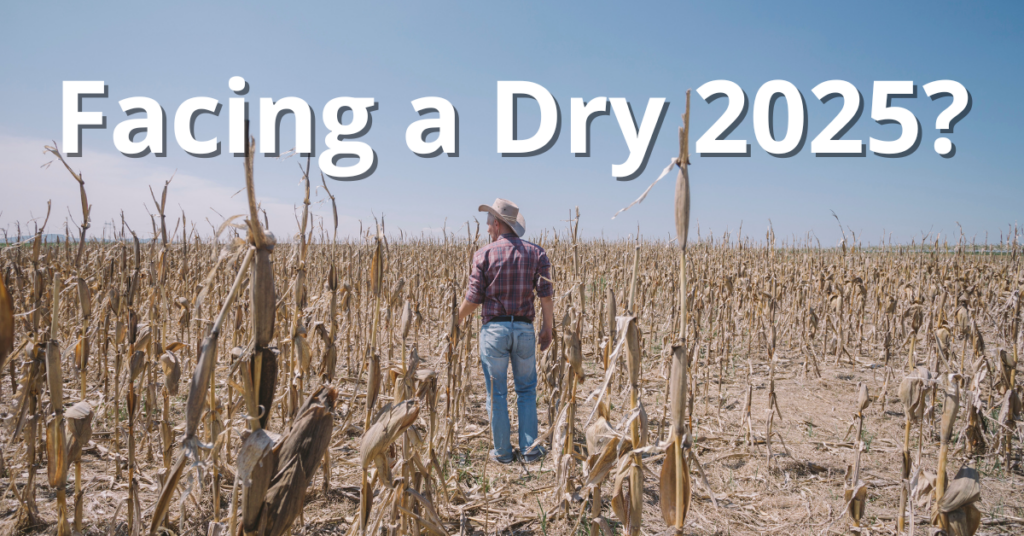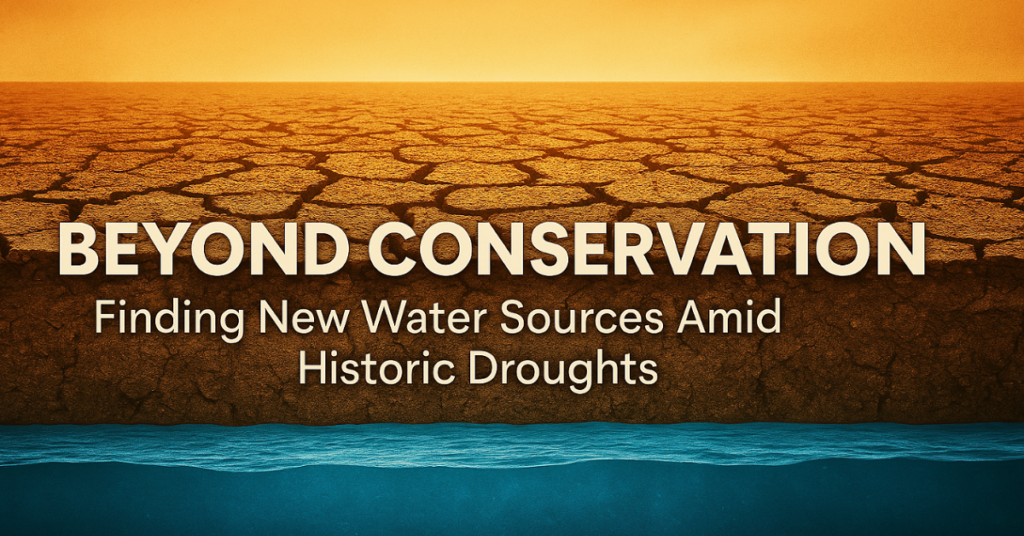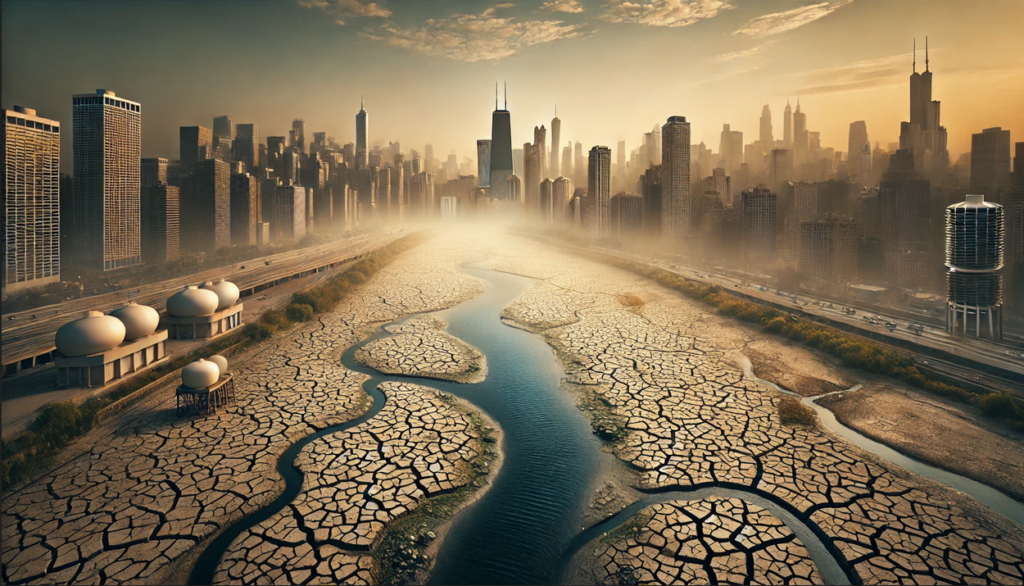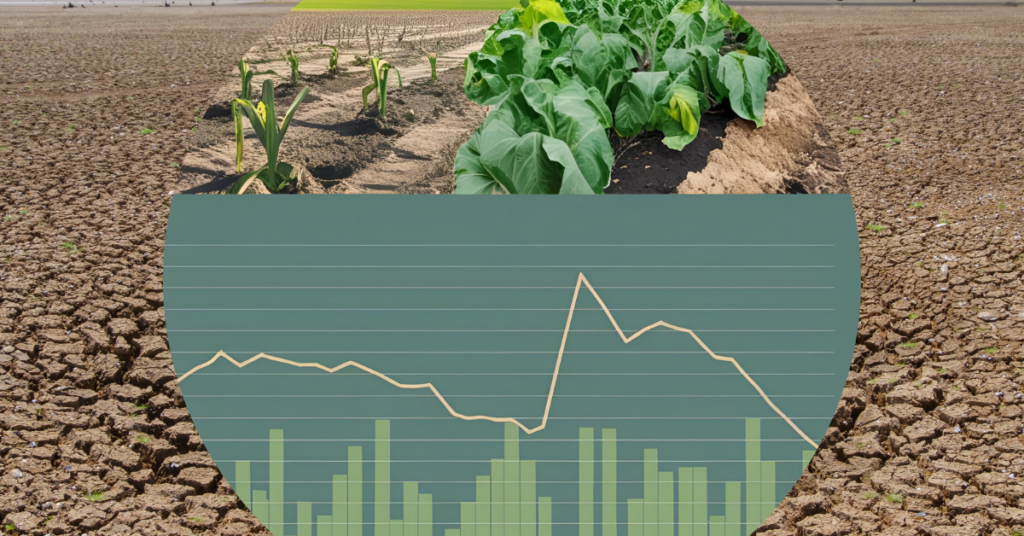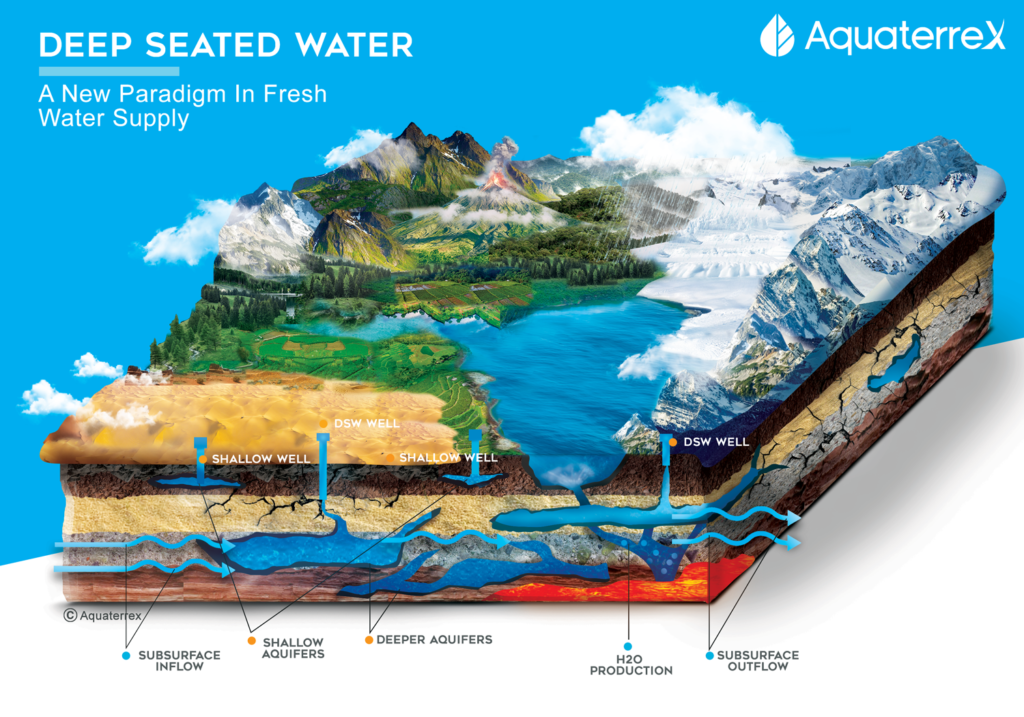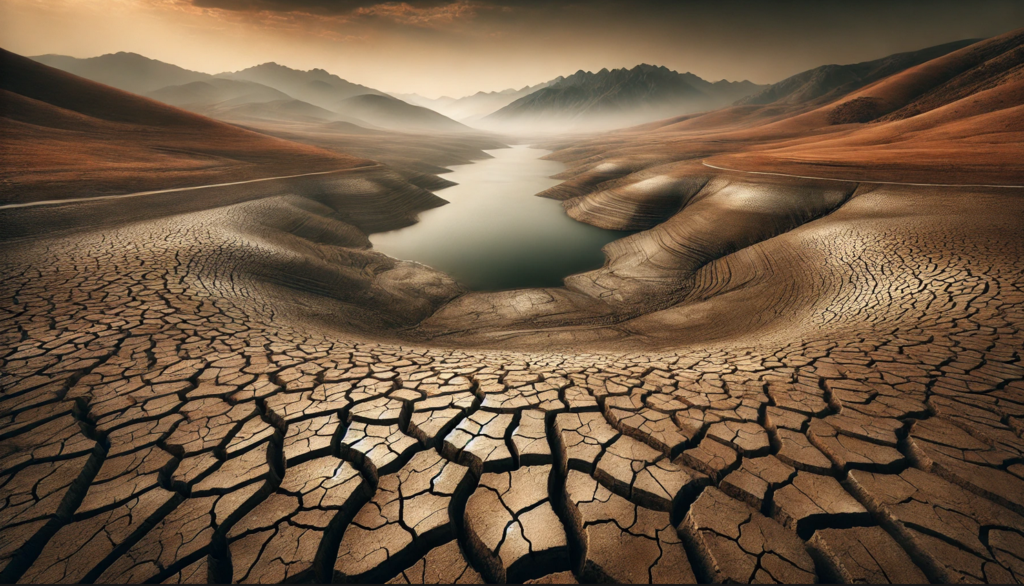Drought
Stop Throwing Money Down a Water Well “Dry Hole”
AQUATERREX PRECISELY LOCATES GROUNDWATER. GUARANTEED. Today, farmers, ranchers, governments, and industry are facing growing challenges to locate and access water. The lack of usable water is a global problem that ignores state and country boundaries. What makes matters worse is when huge amounts of money are spent to end up with nothing. “I can’t begin…
Read MoreIt’s Time to Employ 21st Century Technology to Solve the Global Water Crisis
The disturbing fact is, we are living through a global water crisis. Across the world, nations both rich and poor are grappling with drought, pollution, and shrinking freshwater supplies. Twenty-five countries are already classified as being under extreme water stress, affecting more than two billion people1. From the once-reliable farmlands of the American Midwest to…
Read MoreHistoric Drought
“Parts of the U.S. are so dry they may never recover” Recently, Douglas McIntyre, Editor-in-Chief of Climate Crisis 24/7 reported in a video editorial that drought in Arizona and West Texas may never end. “Areas of southern Arizona and southwest Texas have been in severe drought for so long it may take years, if not…
Read MoreFlash Droughts: The Silent Crisis Accelerating Water Scarcity
When most of us think of droughts, we imagine slow-moving natural disasters—months without rain, reservoirs dropping inch by inch, warning signs building over time. But there’s a new type of drought emerging that defies this narrative. It strikes fast, often without warning, and its impacts can be just as devastating. These are called flash droughts,…
Read MoreFacing a Dry 2025? How Farmers Can Secure Their Water Supply Now
The latest drought forecast for the 2025 growing season presents a sobering reality: much of the U.S. agricultural heartland faces significant water shortages. According to AgWeb’s recent report (source), 60% of the country is at risk for drought conditions, which could severely impact crops, livestock, and overall farm productivity. With water availability becoming increasingly unpredictable,…
Read MoreBeyond Conservation: Finding New Water Sources Amid Historic Droughts
Water conservation has long been the go-to strategy for managing droughts. From household restrictions to large-scale efficiency programs, efforts to use less water have been widely adopted. However, as historic droughts continue to grip large portions of the United States, it is becoming increasingly clear that conservation alone is not enough. To secure long-term water…
Read MoreDrought and Municipal Water Supply: How Cities and Towns Can Secure Their Future
Across the United States, municipalities are grappling with a worsening water crisis. Persistent drought conditions are straining reservoirs, reducing groundwater levels, and putting immense pressure on local water systems. From the arid Southwest to the Plains states, communities face difficult choices about how to sustain their water supplies in the face of increasing demand and…
Read MoreFarms, Ranches, and Communities at Risk: How to Secure Your Own Water Supply in a Drought-Stricken America
For farmers and ranchers across the United States, drought is more than just a weather event—it’s an existential threat. Water scarcity affects crop yields, livestock health, and overall agricultural viability. With much of the West and Plains states facing persistent drought conditions, the need for reliable water sources has never been more urgent. The Growing…
Read MoreDrought Declares No End in Sight – Can We Tap into Hidden Water Reserves?
Despite occasional wet years, drought conditions in the U.S. persist, underscoring the reality that seasonal precipitation alone is not a reliable solution for long-term water security. As we move deeper into 2025, meteorologists warn that regions such as Colorado, Utah, Arizona, and the Northern Plains remain in the grips of severe drought, with little relief…
Read MoreDrought in 2025: A Growing Crisis and the Need for Innovative Water Solutions
As we move further into 2025, drought conditions across the United States continue to worsen, with devastating impacts on agriculture, communities, and water supplies. Recent reports indicate that regions such as Colorado, Utah, Arizona, and the Northern Plains are experiencing severe to extreme drought conditions. Water levels in key reservoirs like Lake Mead and Lake…
Read More

